目录
互斥锁的概念和使用
线程通信 - 互斥
互斥锁的创建和销毁
互斥锁的创建
互斥锁的销毁
互斥锁的使用
申请锁
释放锁
互斥锁的概念和使用
线程通信 - 互斥
临界资源:
一次只允许一个任务(进程、线程)访问的共享资源;
临界区:
访问临界资源的代码;
互斥机制:
mutex互斥锁,任务访问临界资源钱申请锁,访问完后释放锁
互斥锁的创建和销毁
互斥锁的创建
两种方法创建互斥锁:静态方式和动态方式;
动态方式:
int pthread_mutex_init(pthread_mutex_t *resttrict mutex,
const pthread_mutexattr_t *restrict attr);成功时返回0 ,失败时返回错误码;
参数:
pthread_mutex_t :定义一个互斥锁;
mutex :指向要初始化的互斥锁对象;
mutexattr :用于指定互斥锁属性,如果为NULL测使用缺省属性。
man函数出现 No manual entry for pthread_mutex_xxx(找不到pthread_mutex_xxx)
解决办法:apt-get install manpages-posix-dev
静态方式:
pthread_mutex_t mutex = PTHREAD_MUTEX_INITIALIZER;互斥锁的销毁
int pthread mutex destroy(pthread mutex_t *mutex)在Linux中,互斥锁并不占用任何资源,因此LinuxThreads中的 pthread_mutex_destroy()
除了检查锁状态以外(锁定状态则返回EBUSY)没有其他动作。
互斥锁的使用
申请锁
int pthread_mutex_lock(pthread_mutex_t *mutex);
int pthread_mutex_trylock(pthread_mutex_t *mutex)成功时返回0, 失败时返回错误码;
参数:
mutex:指向要初始化的互斥锁对象;
pthread_mutex_lock 如果无法获得锁,任务阻塞;
pthread_mutex_trylock 如果无法获得锁,返回EBUSY而不是挂起等待
释放锁
#include <pthread.h>
int pthread_mutex_unlock(pthread_mutex_t *mutex)
成功时返回 0, 失败时返回错误码;
mutex :指向要初始化的互斥锁对象;
问题:实现多个线程写一个文件,使用互斥锁
代码实现:
#include <pthread.h>
#include <stdio.h>
#include <unistd.h>
#include <string.h>
pthread_mutex_t mutex = PTHREAD_MUTEX_INITIALIZER;
FILE *fp;
void *func2(void *arg){
pthread_detach(pthread_self());
printf("This func2 thread\n");
char str[]="I write func2 line\n";
char c;
int i=0;
while(1){
pthread_mutex_lock(&mutex);
while(i<strlen(str))
{
c = str[i];
fputc(c,fp);
usleep(1);
i++;
}
pthread_mutex_unlock(&mutex);
i=0;
usleep(1);
}
pthread_exit("func2 exit");
}
void *func(void *arg){
pthread_detach(pthread_self());
printf("This is func1 thread\n");
char str[]="You read func1 thread\n";
char c;
int i=0;
while(1){
pthread_mutex_lock(&mutex);
while(i<strlen(str))
{
c = str[i];
fputc(c,fp);
i++;
usleep(1);
}
pthread_mutex_unlock(&mutex);
i=0;
usleep(1);
}
pthread_exit("func1 exit");
}
int main(){
pthread_t tid,tid2;
void *retv;
int i;
fp = fopen("1.txt","a+");
if(fp==NULL){
perror("fopen");
return 0;
}
pthread_create(&tid,NULL,func,NULL);
pthread_create(&tid2,NULL,func2,NULL);
while(1){
sleep(1);
}
}
读写锁的概念和使用
特性
对于写者:写者使用写锁,如果当前 没有读者,也没有其他写者,写者立即获得写锁;否则写者将等待,知道没有读者和其他写者;
对于读者 :读者使用读锁,如果当前没有写者,读者立即获取读锁;否则读者等待,知道没有写者。
注意:
同一时刻只有一个线程可以获得写锁,同一时刻可以有多个线程获得读锁。
读写锁处于写锁状态时,所有试图对读写锁加锁的线程,不管是读者试图加读锁,还是写者试图加写锁,都会被阻塞;
读写锁处于读锁状态时,有写者试图加写锁时,之后的其他线程的读锁请求会被阻塞,以避免写者长时间的不写锁;
读写锁的创建
初始化一个读写锁:
pthread_rwlock_init读 锁定 读写定:
pthread_rwlock_rdlock非阻塞 读 锁定:
pthread_rwlock_tryrdlock写 锁定 读写锁:
pthread_rwlock_wrlock非阻塞 写 锁定:
pthread_rwlock_trywrlock解锁 读写锁:
pthread_rwlock_unlock释放 读写锁
pthread_rwlock_destroy代码实现:
#include <pthread.h>
#include <stdio.h>
#include <unistd.h>
#include <string.h>
pthread_rwlock_t rwlock;
FILE *fp;
void * read_func(void *arg){
pthread_detach(pthread_self());
printf("read thread\n");
char buf[32]={0};
while(1){
//rewind(fp);
pthread_rwlock_rdlock(&rwlock);
while(fgets(buf,32,fp)!=NULL){
printf("%d,rd=%s\n",(int)arg,buf);
usleep(1000);
}
pthread_rwlock_unlock(&rwlock);
sleep(1);
}
}
void *func2(void *arg){
pthread_detach(pthread_self());
printf("This func2 thread\n");
char str[]="I write func2 line\n";
char c;
int i=0;
while(1){
pthread_rwlock_wrlock(&rwlock);
while(i<strlen(str))
{
c = str[i];
fputc(c,fp);
usleep(1);
i++;
}
pthread_rwlock_unlock(&rwlock);
i=0;
usleep(1);
}
pthread_exit("func2 exit");
}
void *func(void *arg){
pthread_detach(pthread_self());
printf("This is func1 thread\n");
char str[]="You read func1 thread\n";
char c;
int i=0;
while(1){
pthread_rwlock_wrlock(&rwlock);
while(i<strlen(str))
{
c = str[i];
fputc(c,fp);
i++;
usleep(1);
}
pthread_rwlock_unlock(&rwlock);
i=0;
usleep(1);
}
pthread_exit("func1 exit");
}
int main(){
pthread_t tid1,tid2,tid3,tid4;
void *retv;
int i;
fp = fopen("1.txt","a+");
if(fp==NULL){
perror("fopen");
return 0;
}
pthread_rwlock_init(&rwlock,NULL);
pthread_create(&tid1,NULL,read_func,1);
pthread_create(&tid2,NULL,read_func,2);
pthread_create(&tid3,NULL,func,NULL);
pthread_create(&tid4,NULL,func2,NULL);
while(1){
sleep(1);
}
}
死锁
概念:
什么是死锁
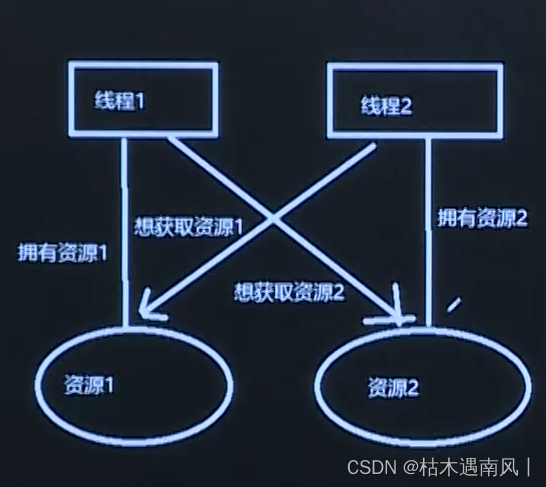
避免方法:
1、锁越少越好,最好使用一把锁;
2、调整好锁的顺序;
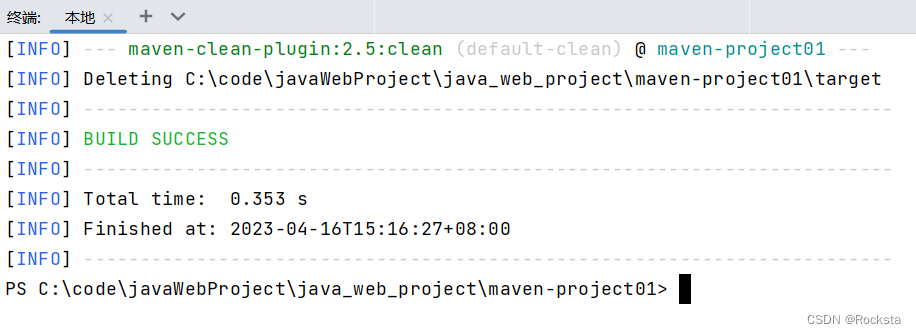

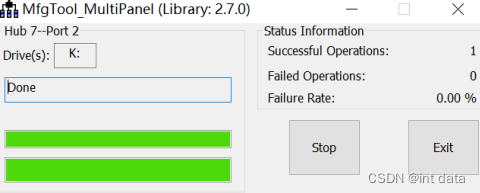

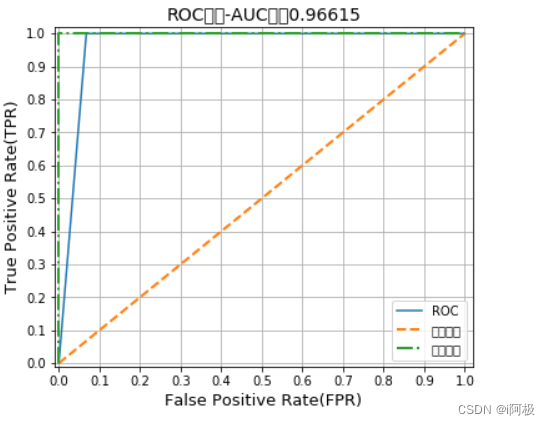


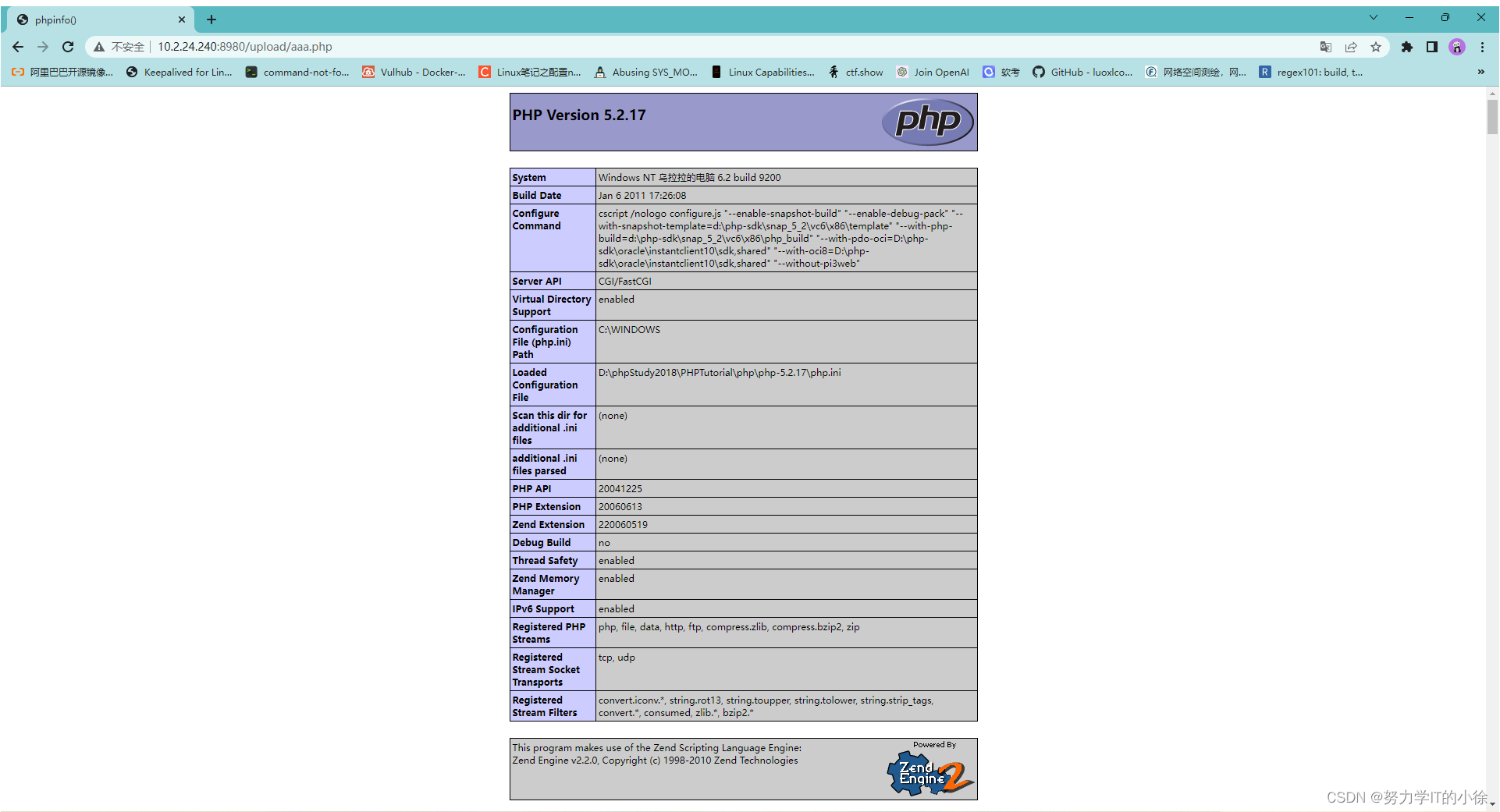


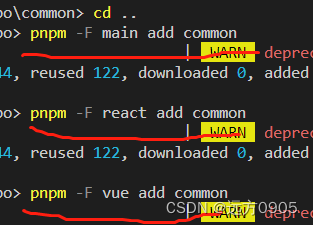
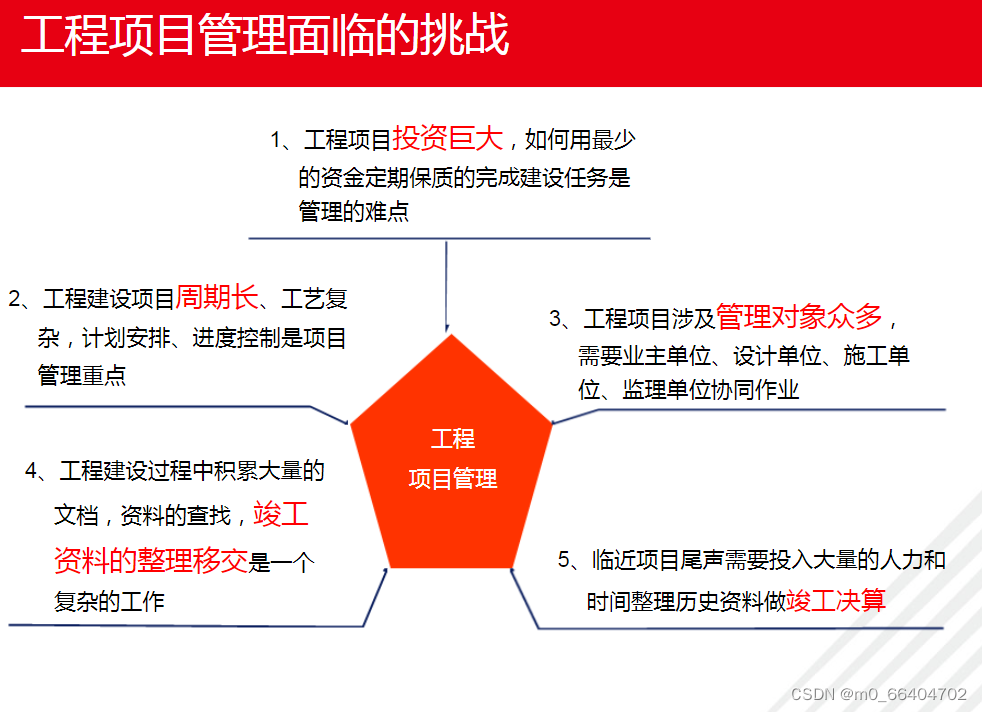
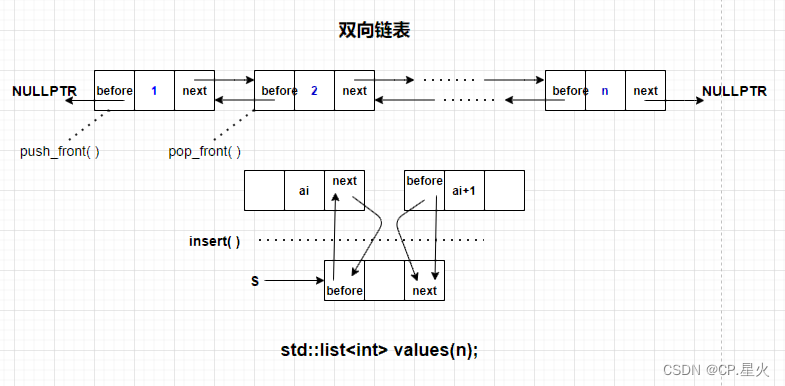

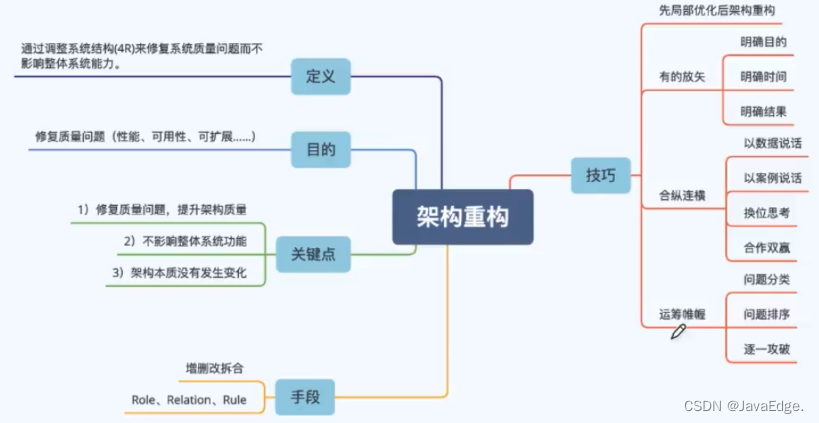
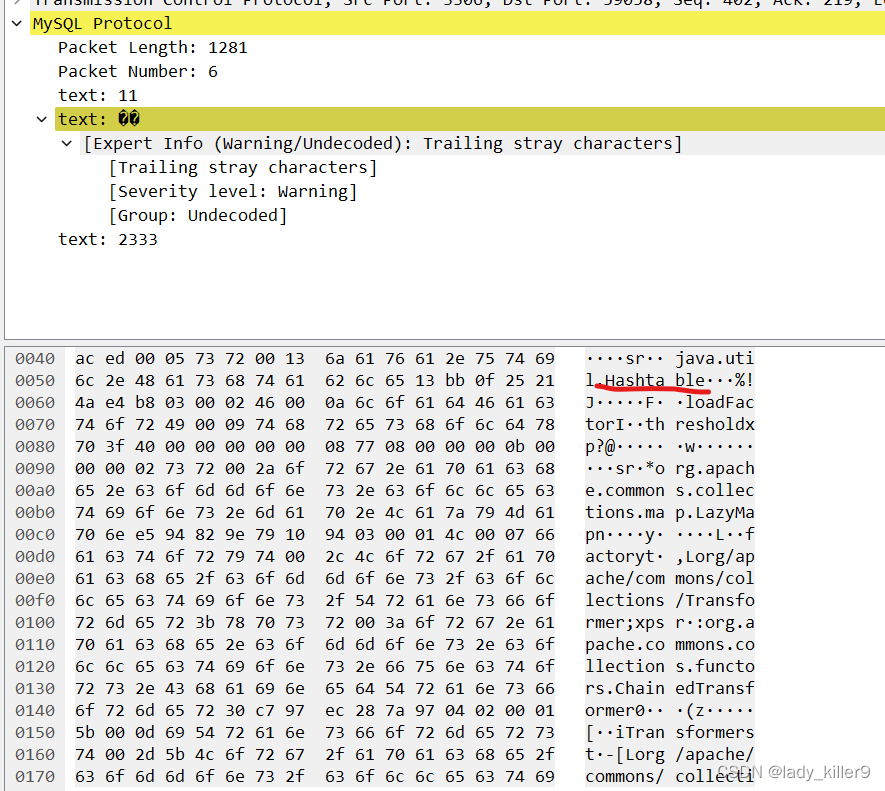

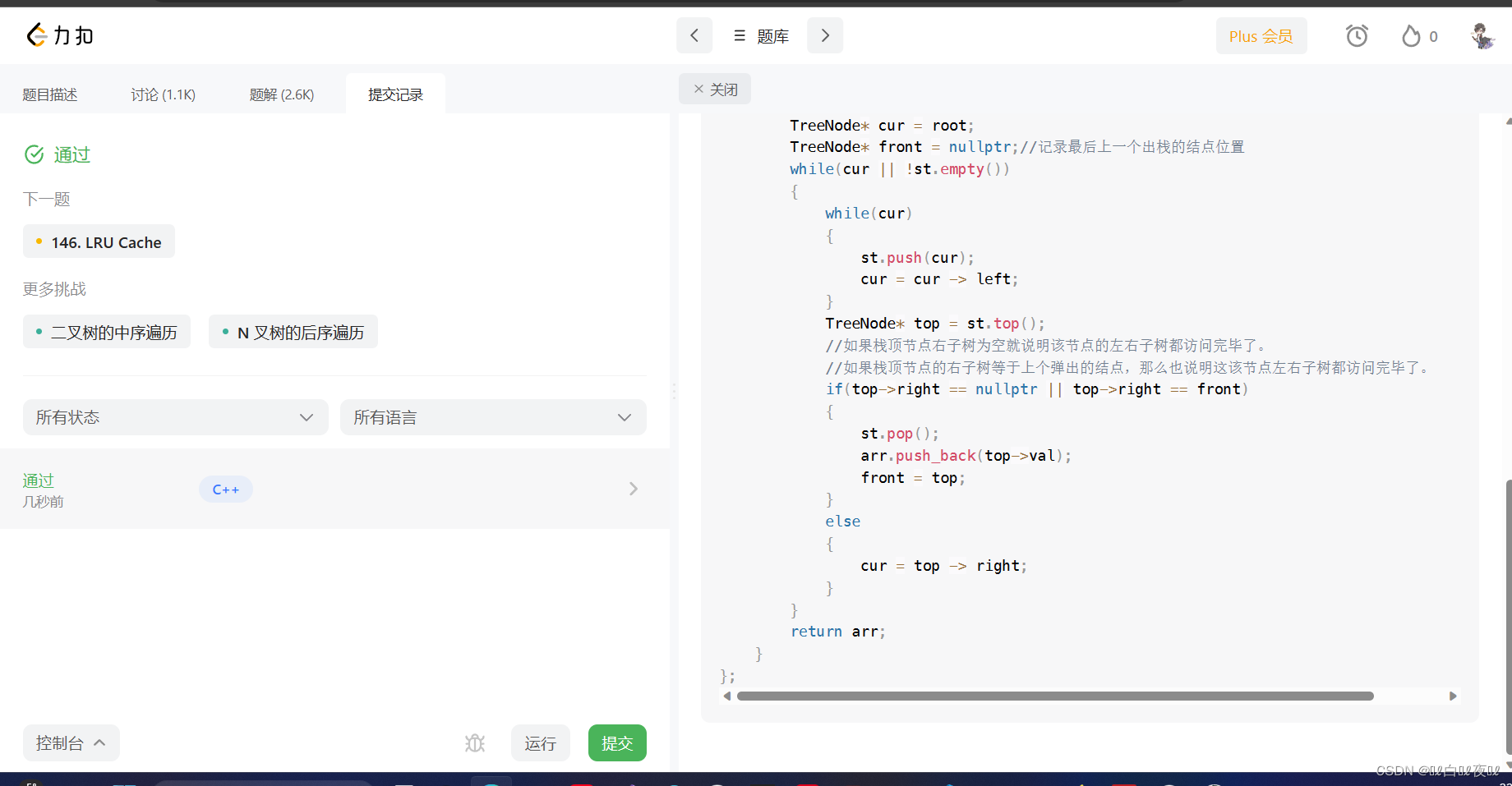
![[ 应急响应基础篇 ] 使用 Autoruns 启动项分析工具分析启动项(附Autoruns安装教程)](https://img-blog.csdnimg.cn/6c995927a42a4e7f972f5914e33f2050.png)
